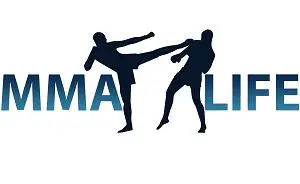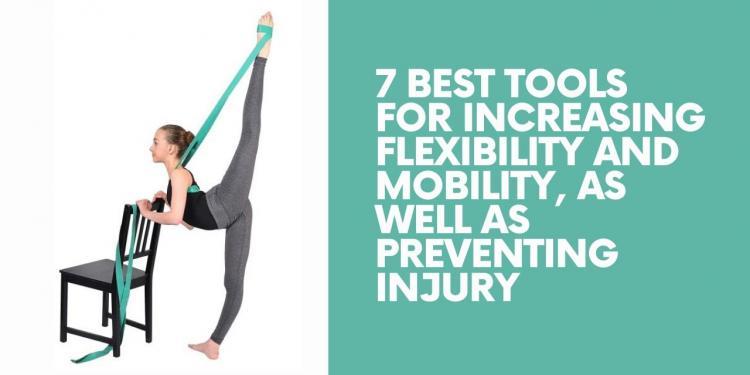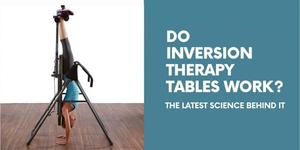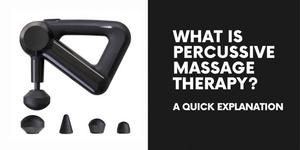As the physical demand in professional and even amateur sports rises every year, technology and tools are taking athletes and pushing their thresholds that little bit further. Nonetheless, it remains just as vital to remember your recovery with depth as discipline as well as well as pushing yourself in training. The common thought is to recover to feel good the next day, so you’re not sore and stiff in training. However, to become elite, you recover to become greater and to
improve on yesterday’s margins. As an athlete, your attention to becoming more flexible or mobile is vital.
Whether it’s on the court, on the field, or in the ring, you have to be able to
maneuver at range, with speed and force. With the following tools, you can certainly boost those thresholds by helping your body recover and become more capable of reaching that next barrier.
1. Leg Stretch/Splits Machine
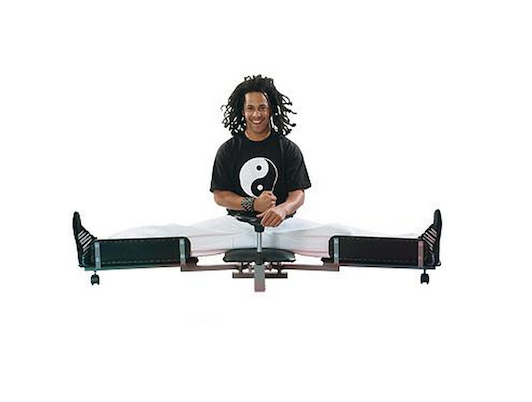
From pilates reformers to splits machines, assisted lower body flexibility tools is a prime new way of getting deeper into a stretch and improving your mobility, in this case your lower body/hips. These muscles can get extremely tight, in large part due to our modern lifestyle. Leg stretchers provide the extra push to get deeper into stretching these muscles.
Whether you’re using the Tiger Deluxe Leg Stretcher, the Pro Stretcher or the Versa Flex models, you can regulate the depth of your stretch with minimal effort to isolate that muscle group.
As a fighter, having strength and power at range (in a difficult position), is essential. Leg stretchers can help to create a more flexible base for your hamstrings and groins, two primary muscle groups martial artists use.
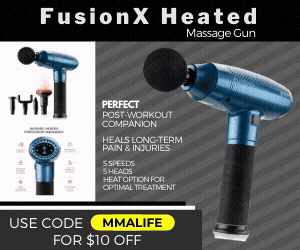
2. Percussion Massager (Guns)
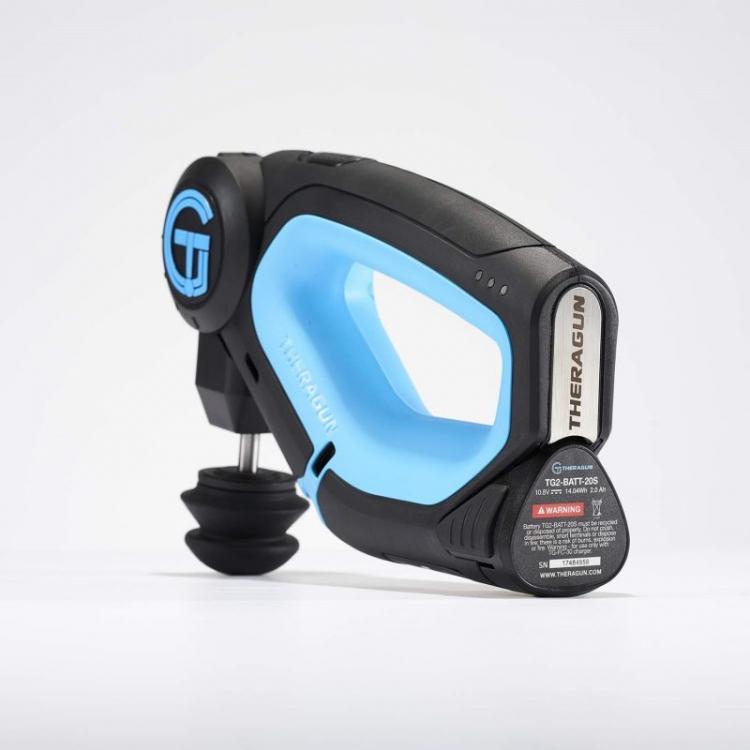
I like to think of vibration massagers as a relaxation massage and percussion massager as a therapeutic Thai massage.
Percussion therapy is all the rage nowadays. Unlike vibration massage therapy, percussion massagers actually get deep into the muscles and tendons, providing relief in a matter of minutes. The new and revolutionary recovery tool of the past couple years usually comes in the form of a jigsaw massage gun but can seen in other forms (like the Purewave CM-7).
With brands like TheraGun and Recovery Volt taking the industry by storm, all athletes are using percussion massagers and guns to help them recover or activate certain muscle groups. As a new replacement for physio massages, percussion massage therapy can help relieve sore, stiff muscles through amplitude, frequency, and torque.
Massage guns provide an accelerated and powerful massage, and the effects can be felt in just several minutes a day.
3. Foam Roller

The foam roller is simple, old school and still so wonderfully effective. Whether you’re looking for a massage feeling for your larger, tighter muscle groups, or getting a few clicks out of your joints, the foam roller is perfect. By compressing your muscles, and also the knots, the foam roller can help apply pressure to the knotted muscle fibers and help release them from being tangled up and provide a looser more flexible area.
For those who play or compete in dynamic sports, you’d most likely be looking for a foam roller with a more solid (dense) exterior, giving your muscles that little extra press. For those focusing on spinal joints, the medium thickness models are more suitable, and are more targeted towards sensitive areas.
The Pso-Rite and Brazyn Morph collapsible foal roller are ideal models for those on the road, looking to squeeze it into their travel bag or suitcase. If you’re
looking to work around tighter smaller areas of muscle pain, using trigger point massage sticks are perfect, as they are portable as well. The psoas muscle is an extremely important muscle to work out to help lower back pain and the Pro-Rite is the perfect tool for it.
4. Lacrosse ball
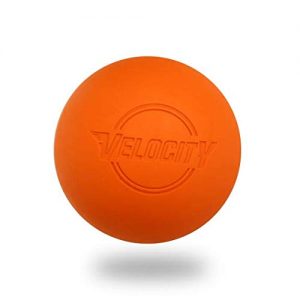
Like the foam roller, the lacrosse ball is one of the oldest but best tricks in the book, and an essential for the traveling athlete! With a small, hard surface area, the lacrosse ball massage can pin point small knots that you can access with your generic foam roller. It provides a solid rounded surface to roll over the trigger point and help release the tight and jumbled up muscle fibers.
Despite it being ideal for before or after training purposes, usage after practice is more suitable, with the breakdown of tightening muscles, while a wider soft foam roll session before exercise is a great alternative.
Ideal massage points with the lacrosse ball includes the shoulder joints
(rotator cuff/interior or exterior primary muscle groups), back (either side of the spine), glutes, calves and the bottom of the foot.
The lacrosse ball is small enough to be carried almost anywhere and can be used anywhere with large enough (fairly even) hard surface such as a wall, floor, or chair.
5 . Ice Massage Roller Ball
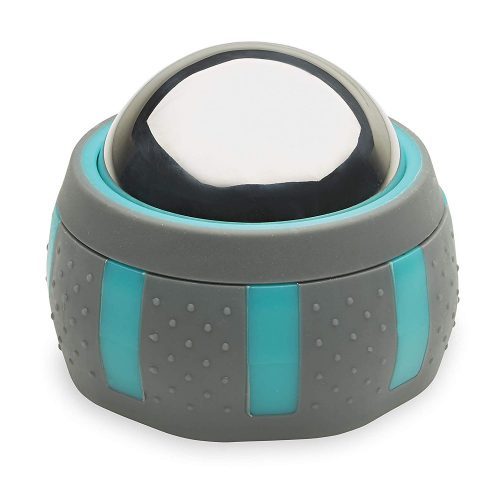
The Cryosphere massage roller ball is a great tool for rolling out your tight muscle groups while providing cold compression ice therapy to help reduce the lactic acid and promote blood flow.
Icing is a well-known therapy to help reduce swelling and help muscle recovery. From a massage standpoint, it provides less pressure than a lacrosse ball, but the addition of cold therapy is great for aiding in athletic recovery.
6. Leg stretching bands

Leg stretching bands and elastic flexibility bands are an excellent way to improve flexibility and mobility in the upper body but it is especially great for the lower body. By applying a band to a certain muscle group and providing resistance by stretching it the opposite direction, you can improve your flexibility by regulating the range of the stretch. It is a cheaper solution than a leg stretching machine and can provide almost as deep of a stretch---it is just not as convenient and takes a little more work.
7. Resistance bands
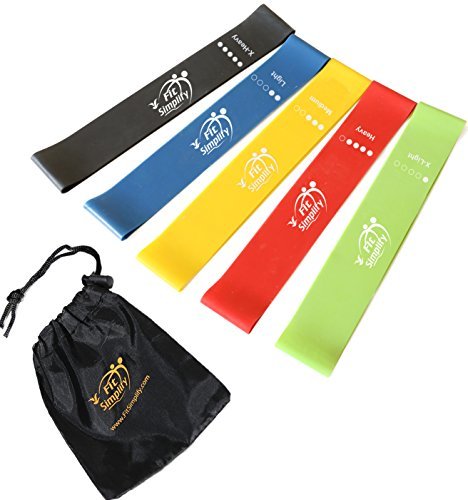
Resistance bands and exercise bands can provide a great foundation for warmups and cooldowns to a workout. Resistance band workout routines should consist of a wide variety of upper body mobility and lower body activation exercises (at different ranges). With different colors and sizes to correlate the band strength, you can tailor your recovery to suit your own needs.
For athletes in MMA and combat sports, a shoulder series using a higher strength resistance band is vital. Applying resistance to the different ranges of motion of the shoulders can help improve your shoulder strength and flexibility under stress.
Rotator cuff, the pecks, shoulder blades, bicep and tricep regions are all key upper body muscle groups that should be worked regularly with resistance bands. Also, by tying resistance band around your ankles, knees and hips you can also add a resisted stretch regimen to your lower body.
